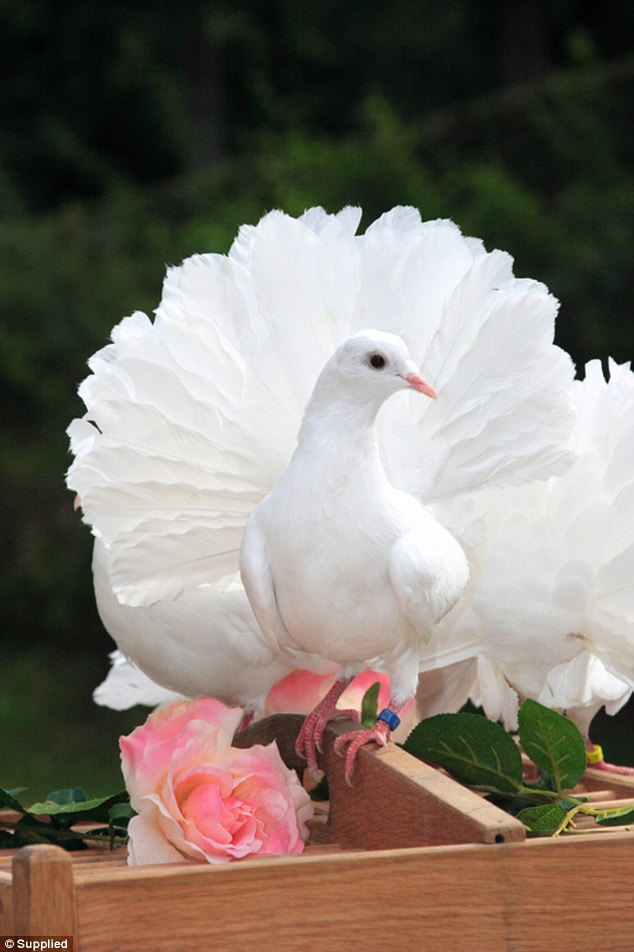Symbolism of the Dove: A Deep Dive into its Cultural and Historical Significance

Throughout human history, certain symbols have transcended cultural boundaries to become universally recognized representations of profound concepts. Among these symbols, the dove holds a special place. Revered for its grace, beauty, and gentle demeanor, the dove has been woven into the tapestry of various civilizations, religions, and ideologies. This article explores the rich symbolism of the dove, delving into its multifaceted meanings across different cultures and epochs.
Origins and Natural Symbolism
The dove (genus Columba) is a member of the Columbidae family, characterized by its small to medium size, streamlined body, and soft cooing call. Found across various continents, doves are typically associated with peace, love, and innocence in the natural world. Their gentle appearance and tranquil behavior have inspired poets, artists, and thinkers throughout history.
In many cultures, the dove’s white plumage symbolizes purity and spiritual purity. Its soft, mournful cooing is often associated with melancholy or longing, yet its presence is also seen as comforting and serene. These natural attributes laid the foundation for the dove’s symbolic journey through human history.
Religious Symbolism
Christianity
In Christian iconography, the dove is perhaps most famously associated with the Holy Spirit. This association stems from the biblical account of Jesus’ baptism in the Jordan River, where the Holy Spirit descended upon him in the form of a dove (Matthew 3:16). Since then, the dove has represented divine inspiration, grace, and peace within Christian tradition.
Furthermore, the dove is also linked to the story of Noah’s Ark in Genesis. After the Great Flood subsided, Noah released a dove to find dry land, and it returned with an olive branch, signaling God’s covenant with humanity and the promise of renewal and peace.
Judaism
Within Judaism, the dove symbolizes numerous virtues, including peace, purity, and fidelity. In the Hebrew Bible, the dove appears as a harbinger of good news and a symbol of hope. The Song of Solomon metaphorically describes the lover as a dove, highlighting the bird’s association with love and loyalty.
Islam
In Islamic tradition, doves are revered for their symbolism of peace and purity. The Quran mentions the dove in various contexts, emphasizing its role as a sign from God and a symbol of gentleness. For example, a dove appeared to Prophet Muhammad as a sign during his migration from Mecca to Medina, reinforcing the dove’s positive connotations within Islamic culture.
Cultural Symbolism
Ancient Greece and Rome
In ancient Greco-Roman mythology, the dove was associated with love and beauty. The goddess Aphrodite (Venus in Roman mythology), known as the goddess of love, was often depicted with doves. These doves symbolized her beauty, grace, and peaceful nature, aligning with the dove’s broader cultural associations.
Native American Cultures
Various Native American tribes imbued the dove with symbolism related to peace, harmony, and communication. The dove’s gentle cooing was believed to carry messages between humans and the spirit world. In some traditions, doves were seen as messengers of peace and a reminder of the importance of maintaining balance and respect for nature.
East Asian Traditions
In East Asian cultures, particularly in China and Japan, doves symbolize longevity, fidelity, and prosperity. Doves are often featured in art, literature, and folklore as symbols of good fortune and marital harmony. Their presence in traditional ceremonies and rituals underscores their cultural significance as bringers of luck and blessings.
Modern Symbolism
Peace Movements
In the 20th century, the dove became an internationally recognized symbol of peace and non-violence. This association was popularized during the anti-war movements of the 1960s, particularly in the context of opposition to the Vietnam War. The image of a dove with an olive branch became synonymous with calls for peace and diplomacy, transcending national boundaries to become a universal symbol of hope.
Environmentalism
In recent decades, the dove’s symbolism has expanded to include themes of environmental conservation and sustainability. As a symbol of harmony with nature, doves are often featured in campaigns advocating for wildlife protection and ecological balance. Their presence in these contexts underscores the universal appeal of the dove as a symbol of peace and interconnectedness with the natural world.
Artistic and Literary Depictions
Throughout history, artists, writers, and poets have drawn inspiration from the dove’s symbolism. From classical paintings depicting scenes of biblical stories to modern literature exploring themes of peace and spirituality, the dove continues to captivate creative minds around the world. Its graceful form and rich cultural associations make it a timeless muse for artistic expression and literary symbolism.
Conclusion
In conclusion, the symbolism of the dove is a testament to its enduring power as a universal symbol of peace, love, and spiritual purity. Across cultures and throughout history, the dove’s gentle demeanor, graceful flight, and symbolic associations have resonated deeply with humanity’s collective consciousness. Whether as a religious icon, a cultural symbol, or an emblem of hope and renewal, the dove continues to inspire and uplift, reminding us of the enduring values that unite us as a global community.
As we contemplate the symbolism of the dove, we are invited to reflect on its profound meanings and consider its relevance in shaping our aspirations for a more peaceful and harmonious world. Just as the dove soars gracefully across the sky, so too does its symbolism transcend borders and languages, offering a timeless message of hope and unity for generations to come.





